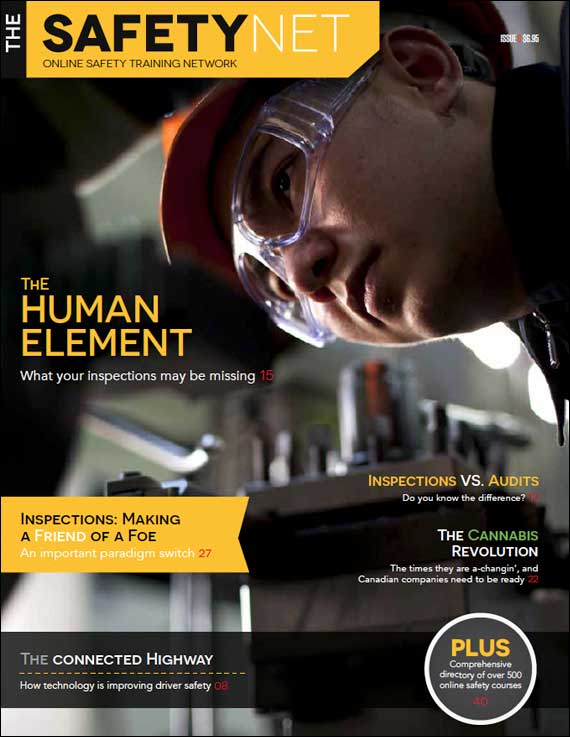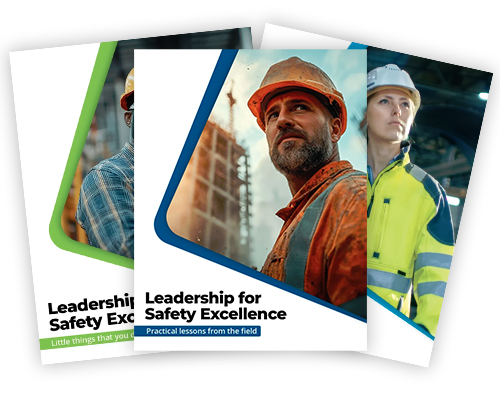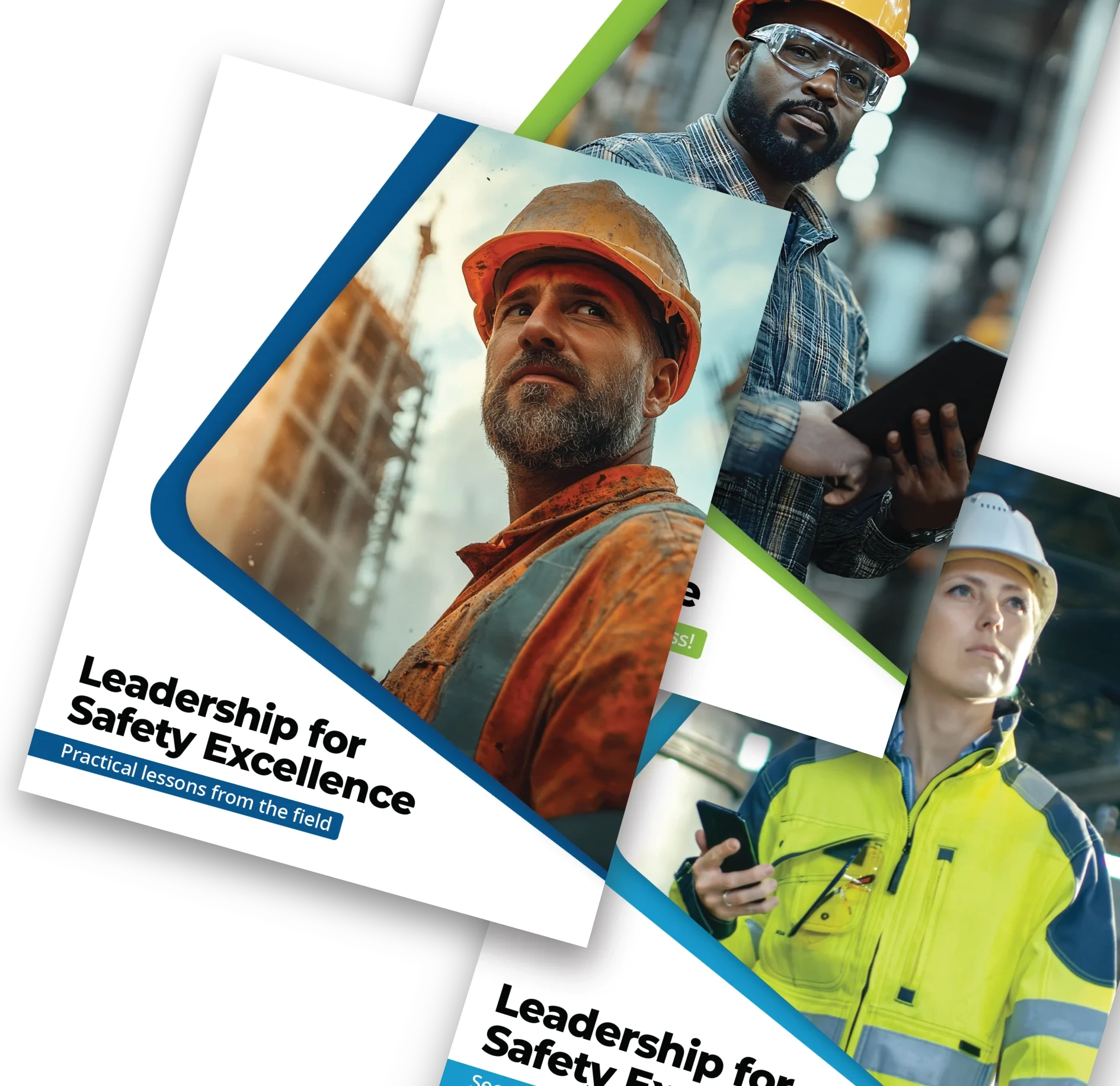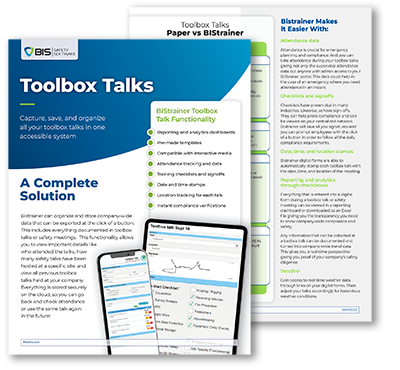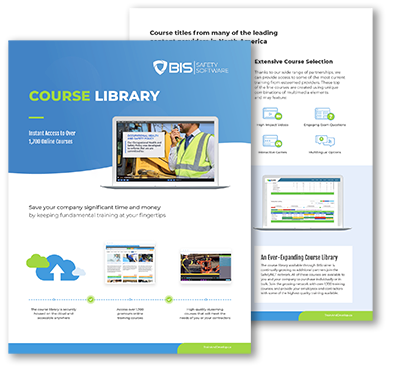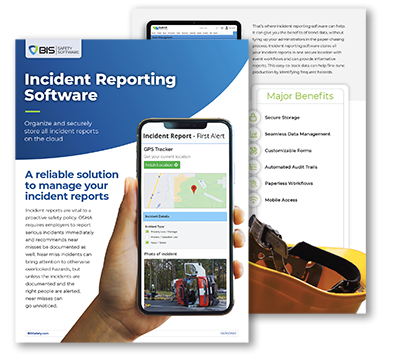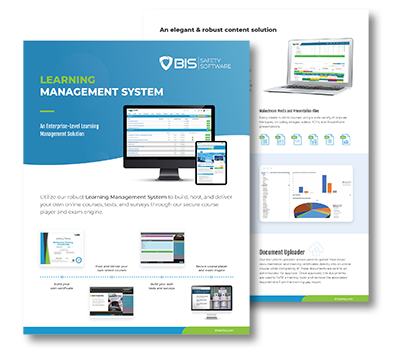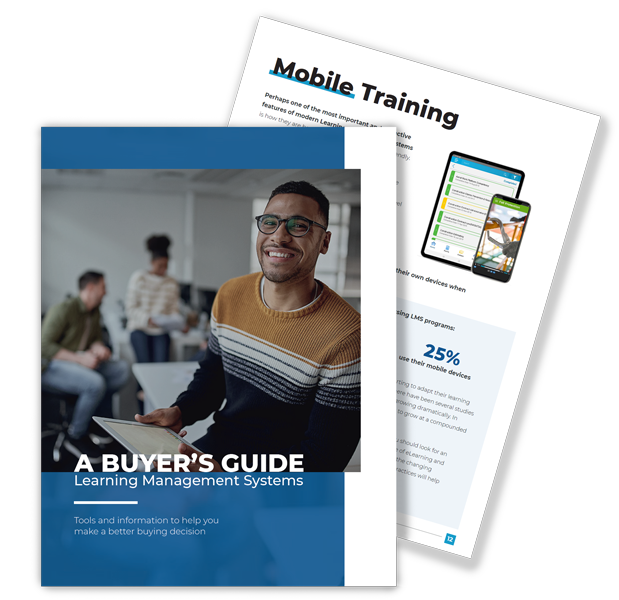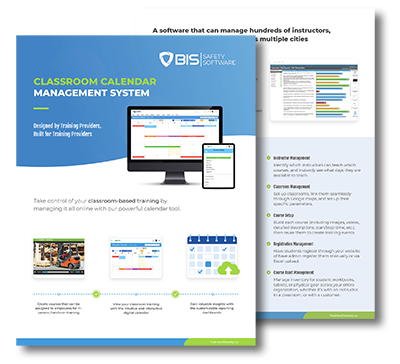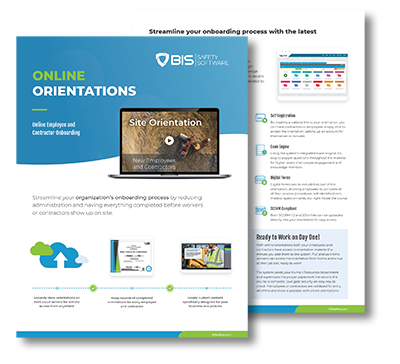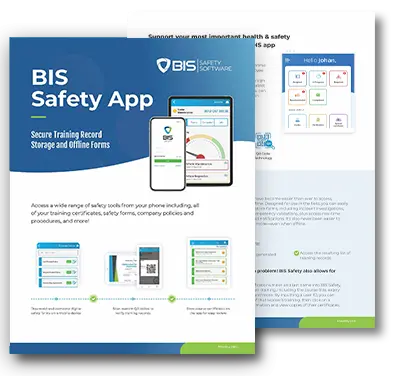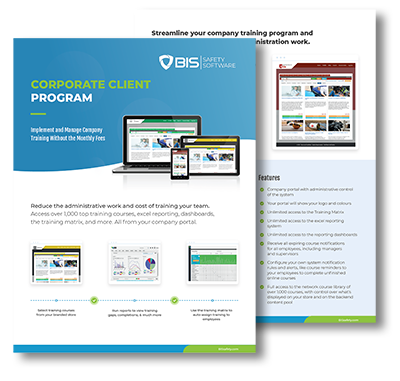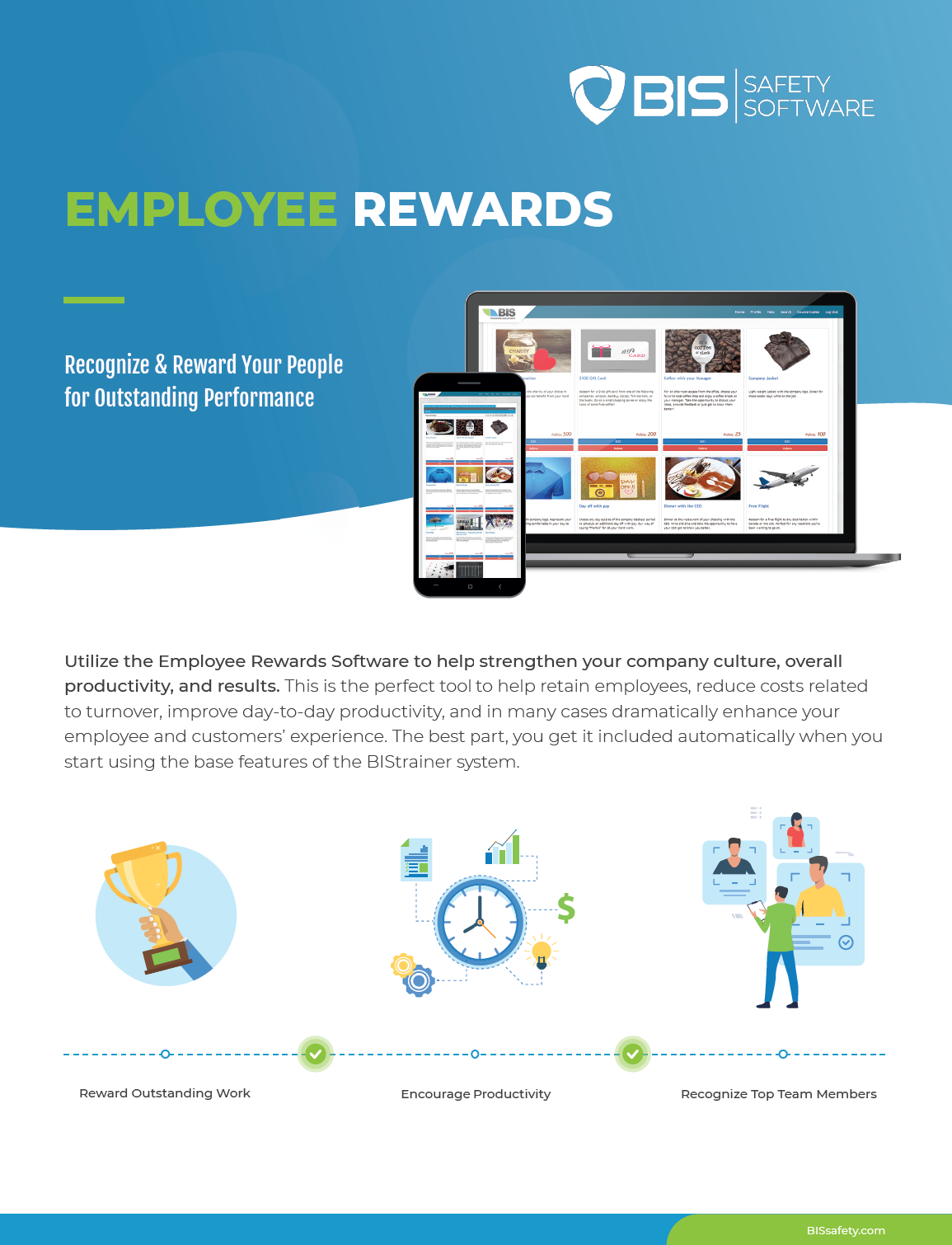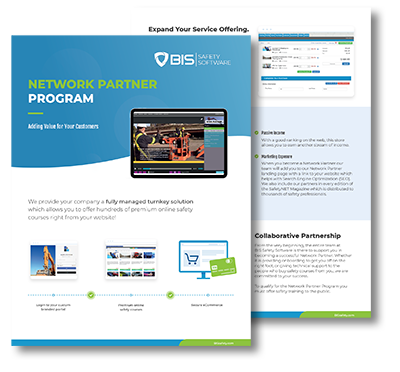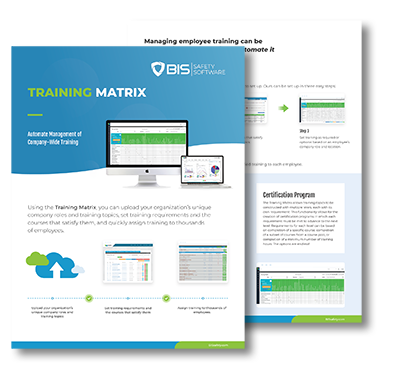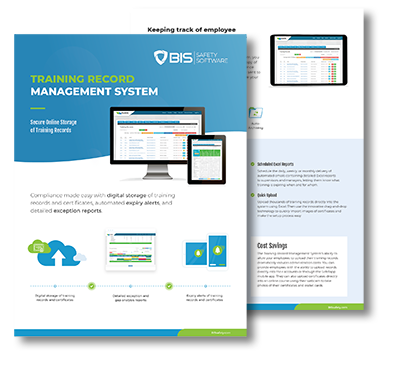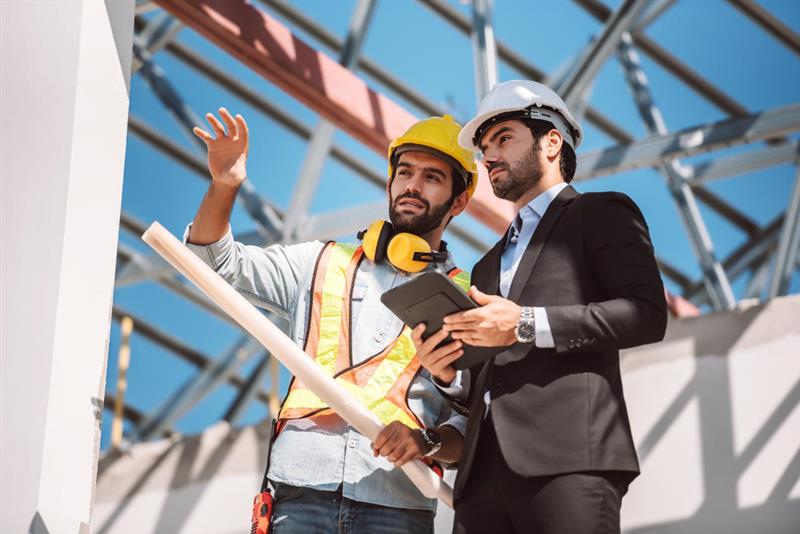
From Freezing Fields to Corporate Corridors: What Ground-Level Leaders Get That Executives Miss
It was -40°C. The wind sliced through like broken glass. Jeremy Desilets was out on a northern Alberta rig at 2 a.m., yanking pipe with numb fingers. One wrong move? Someone doesn’t go home.
That kind of pressure? It never leaves. It reshapes how you think. How you lead.
Now he’s in boardrooms across Canada, building safety systems. But those nights in sub-zero hell still drive every choice he makes. Because once you’ve worked in the mud, safety isn’t just a checkbox. It’s personal. It’s permanent.
Why Field-Tested Leaders See What Others Don’t
People like Jeremy, Martin Tanwi, and Jennifer Lastra didn’t climb the corporate ladder—they started at the bottom rung, with dirt under their nails. And that gives them something no degree or dashboard ever could: real-world grit.
They’ve been the last one down the scaffold. They’ve patched PPE with duct tape because procurement dropped the ball. They’ve made fast calls in tough spots—calls that saved lives or stopped disaster.
They know what a close call feels like in your chest, not just what it looks like in an incident report. They’ve made the call to shut down in high winds, knowing the cost in time and money—and still made it.
Compare that to executives who’ve never worked the tools. To them, a near-miss is a number. “Safety culture” is a talking point. KPIs matter more than the crew’s instincts. And red flags? They miss them until they’re too late.
What the Front Line Teaches That the Office Can’t
Safety is emotional. Jeremy remembers supervisors who checked how he was doing mentally, not just physically. That kind of leadership? It builds trust. And trust drives real safety—because people don’t hide hazards when they feel safe speaking up.
Fear kills honesty. Dr. Johanna Pagonis has seen it firsthand. She teaches psychological safety for a reason: “When people fear blame, they stay silent—and silence is dangerous.”
Culture starts with conversation. When Carolynne Heron stepped into an HSE role with no safety background, she didn’t lead with policy. She led with connection. Workers opened up—and that saved lives.
Training isn’t understanding. Jennifer Lastra, a Navy veteran now designing VR safety training, nailed it: “You can’t train away a broken culture.” Lived experience—felt risk—sticks longer than any PowerPoint.
Pride blinds. Martin Tanwi tells his team: “Experience doesn’t make you invincible.” He knows—confidence without caution can turn deadly. Coaching matters more than commands.
The Danger of Distance
Executives who don’t understand the work make decisions that don’t work. What looks good in a meeting often crashes on site. That’s when forms get pencil-whipped. Red flags get ignored. And people get hurt.
It’s not bad intent—it’s just disconnection. But that gap? That gap is deadly.
Want real safety? Get close. Ride shotgun. Sit with the crew. Ask what’s broken—not what’s been reported. No clipboard. No speeches.
Drop by a tailgate meeting and just listen. Hang out in the lunchroom and ask, “What’s the scariest thing that’s ever happened to you out here?” You’ll get the truth. The kind you can’t read in a spreadsheet. Real safety leaders aren’t always the ones with titles. They’re the ones who’ve felt the fear—and never forgot what it cost.
You can’t fake field cred. But you can learn from it. And if you’re serious about safety?
Start by listening to the ones who’ve lived it.






